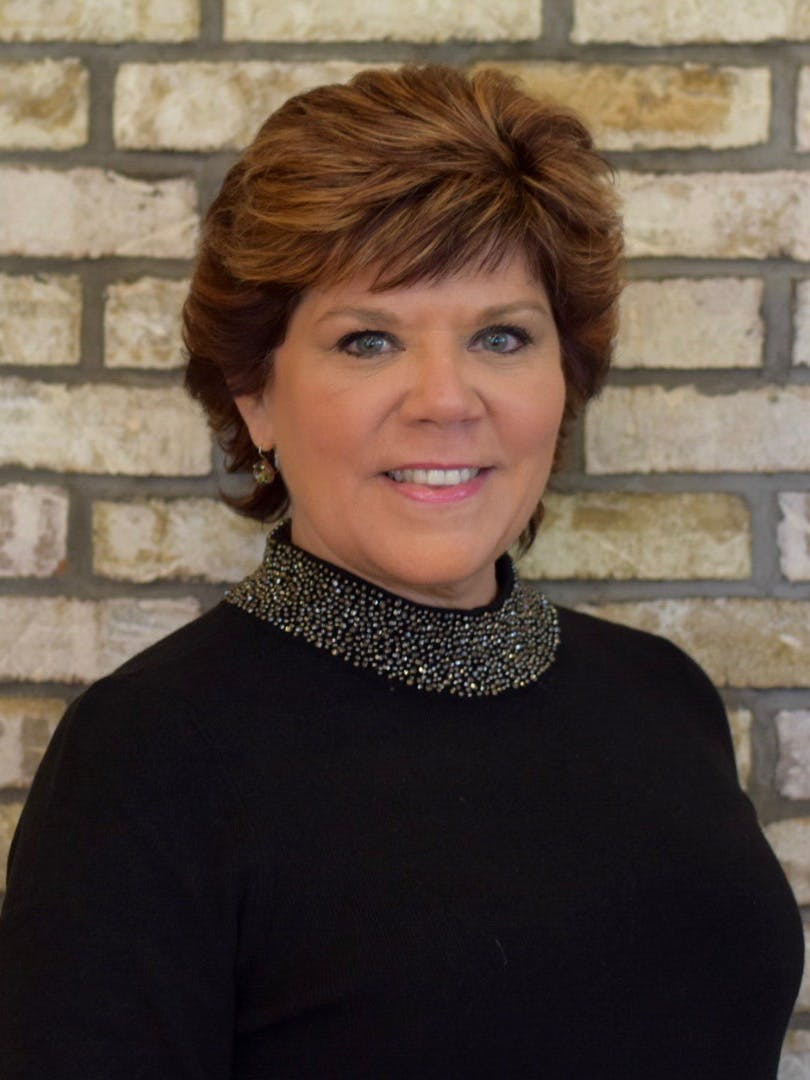Amid a steady stream of uncertainties flowing freely from the pandemic, there is at least one thing that is crystal clear: Going back to school is going to be a considerably different experience for students, teachers, and parents across the country this year. And so, too, shall it go for retailers, whose next tightrope balancing act will be suspended across a radically upended autumn selling season, the star attraction of which—back-to-school (BTS) shopping—ranks as the industry’s second-biggest sales event after the November-December holidays.
Interestingly, the gloomy fall retail forecast hasn’t seemed to stand much in the way of the in-store campaigns of the nation’s leading BTS retailers, which, based on recent visits conducted by yours truly, boast a decidedly business-as-usual vibe.
During an early July visit to my local Target, I was semi-astonished when I turned the corner to see the store’s entire seasonal section fully stocked with a plethora of back-to-school merchandise, circa 2019, ranging from backpacks, binders and folders to lunchboxes, locker accessories and dorm decor. Walmart similarly followed suit in mid-July with its familiar BTS headquarters approach, although not quite to the same degree in-store as Target, both of which have long generated significant value in their shared roles as the co-kings of the offline retail back-to-school sector.
As a longtime devotee of the Minneapolis-based retailer, I don’t necessarily fault Target for striving to put its best BTS foot forward. However, at a time when families are facing the gravest of reservations heading into the 2020 school year, as their state and local lawmakers toil mightily to decide the best course(s) of action for opening schools, the vast displays of traditional classroom-based SKUs struck me as off-putting and a tad tone-deaf.
Recent research reports offer additional insights into this season of uncertainty, such as Deloitte’s annual Back-to School Survey, which affirms that the way consumers approach back-to-school and back-to-college shopping is fluctuating dramatically. “With school formats still up in the air for many, the spend is shifting to tech as parents anticipate the possibility of remote learning and the need to supplement students’ education,” said Rod Sides, Deloitte’s vice chairman and U.S. retail, wholesale and distribution leader. “Retailers that can stay nimble and react quickly to changing needs for education amid the challenges of COVID-19,” he continued, will be best positioned to win with shoppers this season, when trepidation and thriftiness will both reign supreme in purchase decisions.
Recent data from WalletHub’s latest survey finds 44% of parents intending to spend less than they did during the 2019 back-to-school season, with some expecting to veto BTS spending altogether in light of how new school supplies may simply not be necessary for remote students, many of whose families are struggling financially.
The back-to-school spending blues mirror month-to-date advertising trends in July, which have spiraled downward nearly 50% versus a year ago, according to a recent study by Chicago-based Numerator, which recently launched a Back to School Index that will be updated weekly through mid-September to track how brands and consumers are navigating the uncertainty of school openings. Key findings of the market research firm’s first index compared how retailers’ delayed BTS advertising this year measures up to the third week of July last year, when Staples, Target, and JCPenney had already started heavily advertising for BTS.
Numerator data also shows that 2 in 5 households (41%) plan to primarily shop online and have their supplies delivered; 1 in 4 households plan to use curbside pickup as part of a partial BTS shopping experience. With fewer consumers expected to browse the in-store BTS aisles in the coming month, the research firm believes brands will bet big on TV advertising in the home stretch leading up to September, despite the slow start to the 2020 BTS ad season.
And if Numerator’s fall forecast holds true, retailers are looking at fewer opportunities to generate incremental BTS sales this year: It projects that 1 in 3 households (30%) plan to nix the venerable tradition of bringing their children to stores to choose their own school supplies. And though BTS expenditures will not see dramatic gains in 2020, the mix is on track to shift big time to include disinfectants, sanitizers, wipes and spray, on par with a similar number of households planning to buy BTS staples such as pens, pencils, paper and notebooks.
The projected sales boost for sanitizers and disinfectants dovetails precisely with RangeMe’s top keywords searched from Jan. 1, 2020, through July 21, 2020, “when retail buyers are more focused on COVID-19-related items versus seasonal items, such as back-to-school or even the holidays,” notes Isabel Ramirez, senior content marketing specialist for the San Francisco-based product discovery platform subsidiary of Solon, Ohio-based Efficient Collaborative Retail Marketing Co. (ECRM).
While pandemic-related purchases are bound to continue at a rapid clip for the indefinite future, the back-to-school season will rapidly give way to what promises to be an equally unusual Q4 holiday selling season, when Black Friday blowout events will make the leap in earnest to online showrooms in lockstep with Walmart’s bold decision to close its namesake and Sam’s Club stores on Thanksgiving Day, Nov. 26, this year. Target this week followed Walmart’s lead, as did Dick’s Sporting Goods, with other major retailers expected to follow suit.
In the meantime, all signs point to retailers shifting full throttle to holiday marketing shortly before or immediately after Halloween, which is also poised to see its seasonal success at retail haunted by COVID-19. And don’t look now, but Target has already kicked off the Halloween shopping season both in-store and online, and intends to get an equally early jump on holiday deals, which it plans to begin rolling out in October to prevent deal-hunters from mobbing the aisles in a year not meant for crowds.
Eric Belcher, Numerator’s CEO, spoke volumes when saying: “The lack of clarity on back to school is both understandable and frustrating. As consumers wait to see what back to school looks like, brands and retailers are waiting too.”

